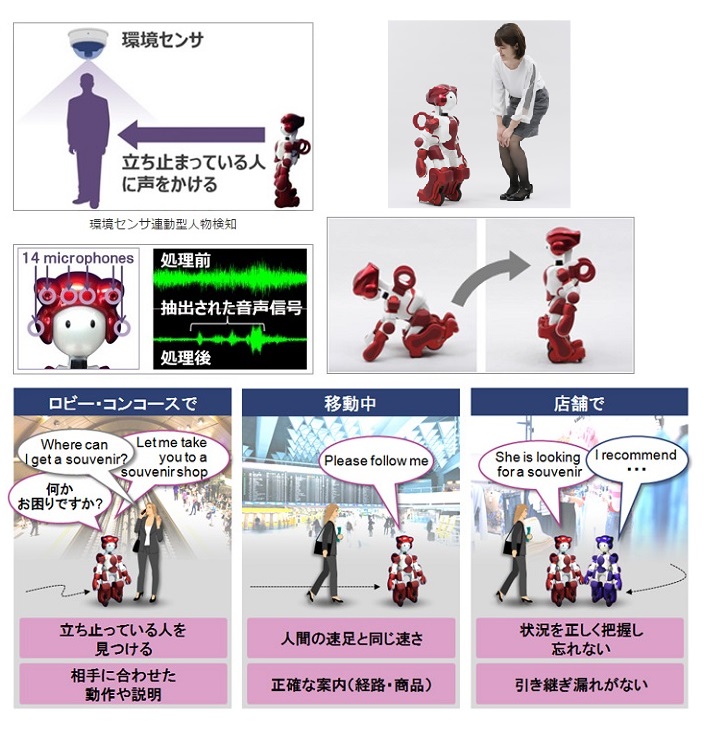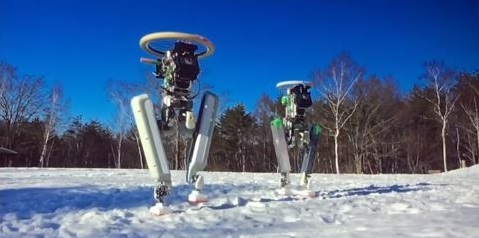Kikuo Hayakawa , NOST Tokyo (Innovatie Attaché Netwerk Tokio)
Origineel gepubliceerd op de site van RVO.
Het Japanse high-tech bedrijf HITACHI gaat aanstonds zijn nieuwe humanoid robot in de praktijk testen. De robot, die is uitgerust met een veelheid aan sensoren, kan mensen in nood identificeren en met hen communiceren. Ook de Japanse start-up SCHAFT onthulde een nieuwe robot. Deze robot kan traplopen en zware pakketten optillen. Zowel HITACHI als SCHAFT, een spinoff van de Universiteit van Tokyo dat is aangekocht door GOOGLE, geven aan open te staan voor internationale samenwerking.
On 8 April 2016, a Japanese IT company Hitachi announced a humanoid robot EMIEW3, which can approach a person in need and show her or him the way (1-2). Based on the combination with the network camera systems, the robot can find the person in need at a shopping center or public facility. (Fig. 1) The robot moves by wheels with a maximum speed of six km per hour. It can stand up if it happened to fall down. EMIEW3 has 14 microphones on the head to detect human voices from the ambient noise and can autonomously switch to speak Japanese or English, using artificial intelligence. Hitachi intends to develop the new services with Japanese and foreign potential partners though their open innovation method NEXTPERIENCE. Hitachi will start the proving test after May 2016, and aims to sell in 2018.
On the same day, the other new bipedal robot was unveiled by a Google-owned company SCHAFT, a startup from the University of Tokyo, at the New Economic Summit 2016 in Tokyo (3). Dr. Yuto Nakanishi, co-founder and CEO of SCHAFT, announced that the new robot can climb stairs, carry a 60-kg payload, and step on a pipe and keep in balance, which are notoriously difficult for robots. (Fig. 2) The new robot is designed to be a low-cost, low-power, compact device to be useful in the society. SCHAFT was originated from JSK Robotics Laboratory at the University of Tokyo and is well known for winning the DARPA Robotics Challenge Trials. The company was acquired by Google (now Alphabet) in 2013. They are now part of Alphabet’s experimental technology lab called X. This demonstration was the first update after SHAFT became the part of it.
Figure 1. Hitachi’s biped robot EMIEW3 (source: Hitachi)
Figure 2. SHAFT’s new bipedal robot (source: SHAFT/youtube.com )
Sources:
- Humanoid Robot “EMIEW3″ and Robotics IT Platform for Customer Services
- ITmedia: Hitachi releases EMIEW3 (in Japanese)
- SCHAFT Unveils Awesome New Bipedal Robot at Japan Conference









